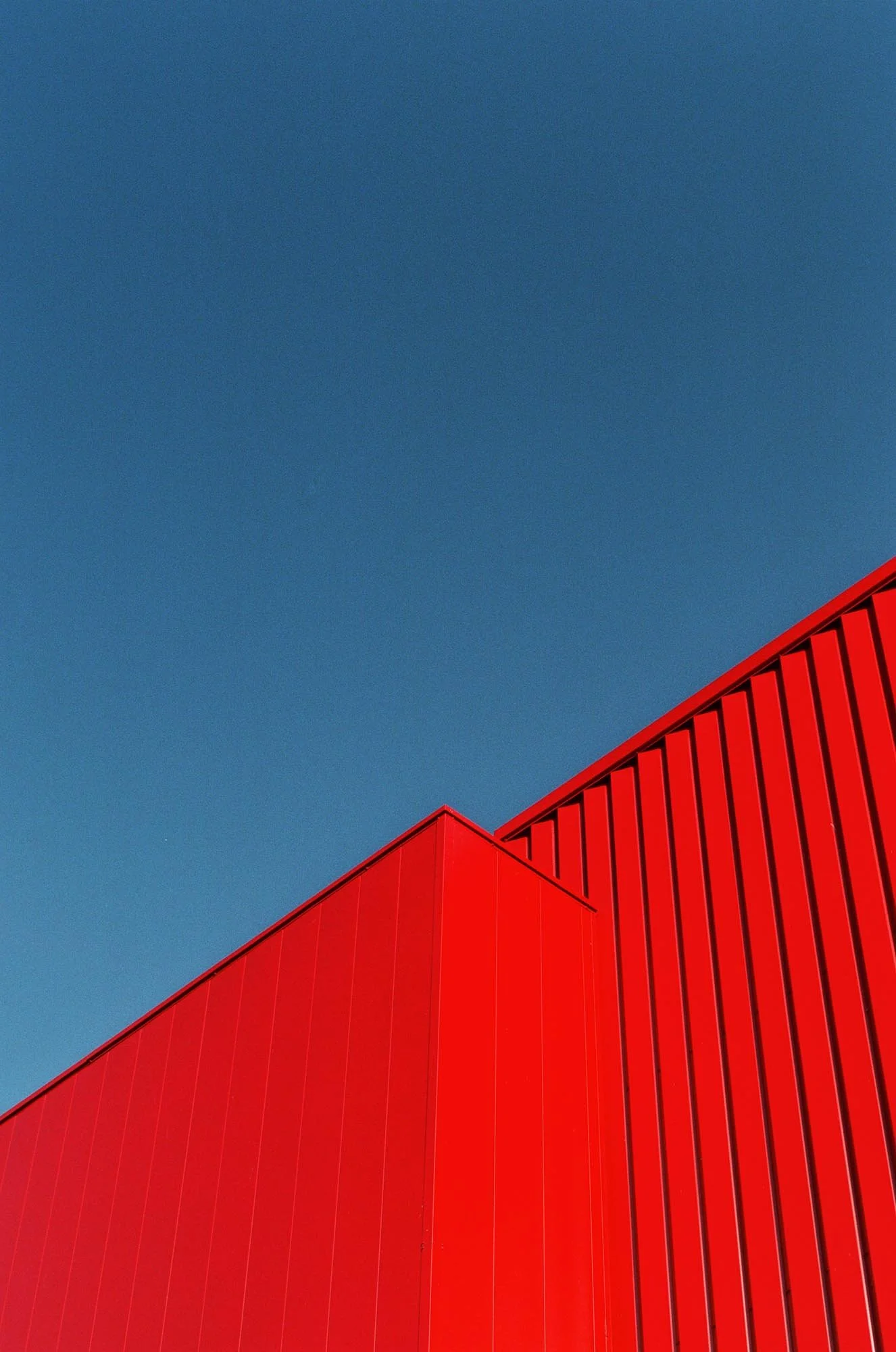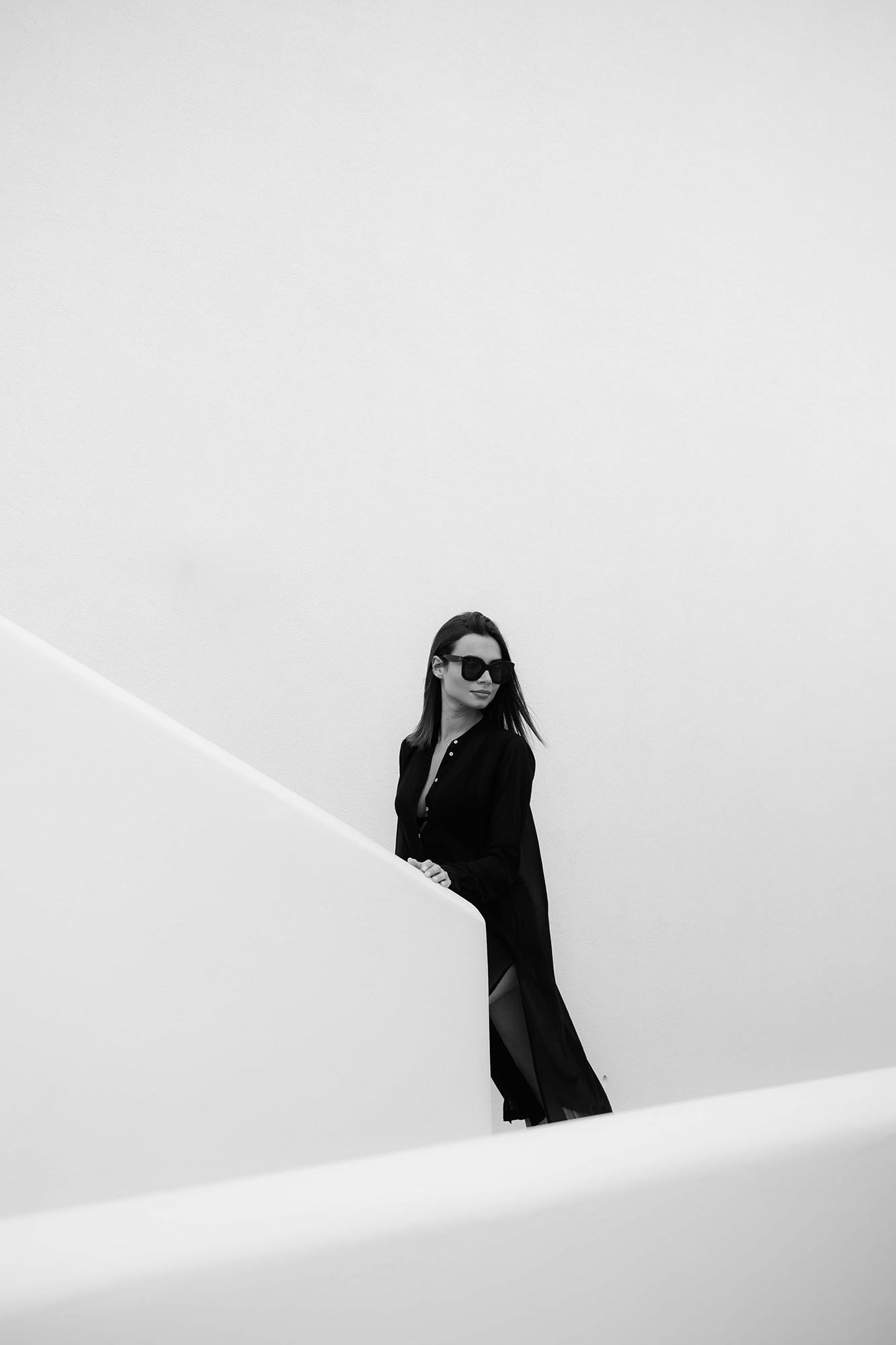Minimalist Photography
Here we’re going to show you 7 fantastic ways to create minimalist photography. We’ve compiled plenty of examples, techniques and tips to get you inspired for your own minimal photos!
What is minimalist photography?
Firstly, let’s be clear on what minimalist photography is. Minimalist photography is a form of photography that is distinguished by extreme simplicity. It focuses solely on the smallest number of objects, and it’s normally composed in a clean, clinical way with very little differences in the colours and tones of the image.
Get access to ALL our online courses – 1000’s of videos, worksheets, critiques of student’s work, personalised support and much more with our monthly membership.
Example 1 – Long Exposures Photography
Long exposures is a great way to get that minimalist look. In the example below I have used a 10 stop Neutral Density Filter to increase the exposure time to 120 seconds. This allowed the waves of the water to blend together to create this smooth flat effect.
A long exposure will eliminate the texture and tones of water which further enhances the minimalist effect. To view exactly how this shot was taken and the equipment used, please view the video above.
Camera Settings - f/16 - ISO 100 - 67mm Focal length - 1/25 second
Minimalist Landscape Photography - Camera Settings - f/16 - ISO 100 - 67mm Focal length - 120 second
Here is another example of a long exposure using a similar technique to the image above. Again, using a 10 Stop ND filter has enabled an exposure time of 120 seconds which smoothed out the water.
Example of minimalist photography - Camera Settings - f/16 - ISO 100 - 35mm Focal length - 120 second
The colour scheme of this photo is harmonious using only blues and purples with an accent colour of orange.
There is also only one object in the scene which creates a single focal point being placed within one-third of the frame. Again, the lack of objects adds the minimal look of the scene. All this together makes a calming example of a minimalist photograph.
Credit: @Fabulu75 on Unsplash
Proving again that long exposures is a good technique for minimalist photography, above we have a picture made up of very few shapes and tones. If you break it down, you have a triangle in the center, flanked by smooth toneless water and at the top of the image, a rectangle of blank sky.
As with the others, it’s a photograph showing very little colour, tones and objects which is creating a minimalist effect.
Example 2 - Black and White
Turning your picture black and white is a classic technique in minimalist photography because it removes any distractions that can be caused by jarring colours.
In the picture below the minimalist effect has been created by a clever use of composition, and by removing any colour from the scene. The photo’s focus point is the mountain with the majority of the rest of the image taken up by the sky. Compositionally, the picture can be broken up into just 3 parts. Going from the bottom you have a black strip showing the ground, then the mountain pointing up into the sky, then a sky with only a graduation of grey.
The image has been broken down to the minimal of objects, colours and tones, thus giving a perfect example of minimalist photography.
Credit: @Aows on Unsplash
To learn long exposure photography, click here.
Example 3 - Colour
In contrast to black to white minimalist photography, using colour can also give striking results as long as you use a minimal amount of colours or shades of one colour, also known as monochrome.
Below is a perfect example of a monochrome image. It is simply made up of shades of oranges with one block of black. As with the other examples, it’s also made up of very few shapes and tones. A great example of colour minimalist photography.
Credit: Natalia Yakovleva on Unsplash
The next image below is not what you would call monochrome however, as it only has two prominent colours, red and blue. This simple use of two colours together with other shapes and tones, also makes this a good example of minimalist photography using colour.
Credit: Howard Bouchevereau on Unsplash
Example 4 - Negative Space
Negative space in photography is the blank space that surrounds an object. In a lot of compositions, you would want to fill blank space to give the image more interest but when it comes to minimalism, using negative space can really help.
The key to using negative space successfully is to make sure it is minimal of colours and tones, and to place it correct within the frame. Remember negative space should be there to enhance the object it is surrounding.
To learn about composition in photography, click here.
Credit: @sarahdorweiler on Unsplash
Credit: @averieclaire on Unsplash
Example 5 - Sense of scale
A sense of scale is created by putting together objects in your scene that show the size of something by its relationship with other parts of the scene, e.g. a person standing at the bottom of a cliff. The person in that scene is giving the image a sense of scale.
This works particularly well with minimalist photography, especially if you start mixing it with the other examples we have mentioned in this blog, namely the black and white and negative space examples.
Below are two examples of how a sense of scale is adding to a minimalist effect. The objects seem to sit in a vast empty scene.
Credit: Maria Teneva on Unsplash
Credit: Matthew Henry on Unsplash
Example 6 - Still Life
You don’t have to comb the streets or do long exposures to get minimalist photography. You can simply set up still life scenes at home and get fantastic results.
In the example below a simple white pencil is placed on a white background. A perfect case of minimalist photography created in minutes. Being creative with what you have around you is the key in this still life image.
The other example shows a cup of coffee being photographed in what’s called a flat lay style. A simple piece of black card on a white table breaks the scene making it more interesting to look at. Again, creativity with what you have around you, is the key to success in here.
Credit: @siloine on Unsplash
Credit: Mukul Wadhwa on Unsplash
Example 7 - People
Probably the hardest of the examples here is portraiture or people. The complex nature of the human face, body and clothes makes it difficult to minimalize. But that doesn’t mean it can’t be done. All you need to do is use the knowledge learnt in the other examples.
Both photos below have had the distraction of colour taken away by turning them black and white. Then it’s about the environment they are placed in. The environments are both devoid of texture and contrasts of tone. Two great examples of how you can use people in minimalist photography.
Credit: Lefteris Kallergis on Unsplash
Credit: Amir Esrafili on Unsplash
Like this? - Check out similar tutorials below
I hope you liked our examples of minimalist photography, if you did, please leave us a comment, and support us by sharing it with your friends and subscribe to our newsletter at the bottom of this page for more.
We also have an excellent learning community on social media so please join us there as well.


















